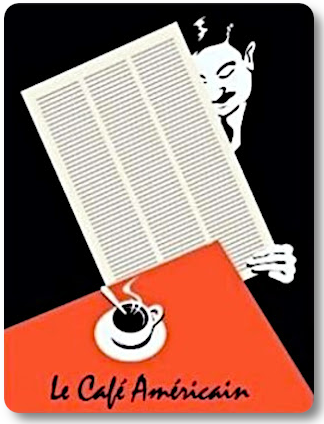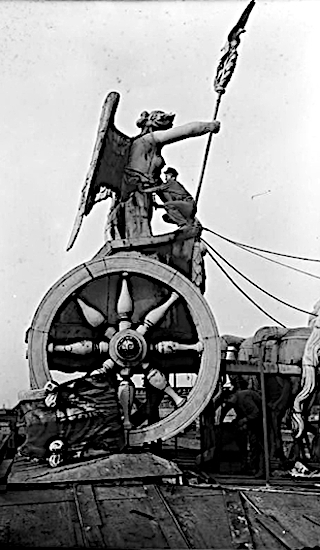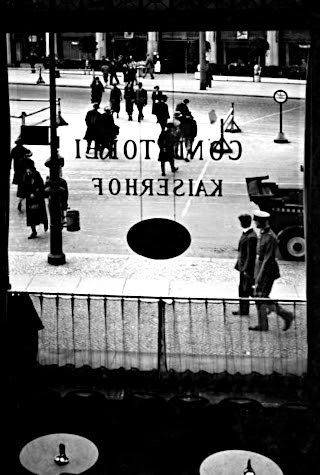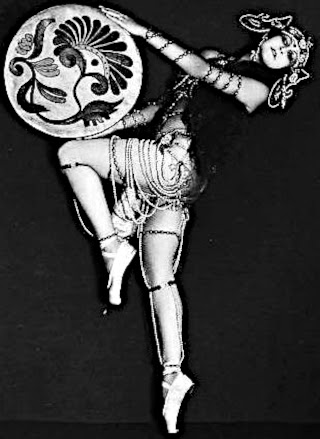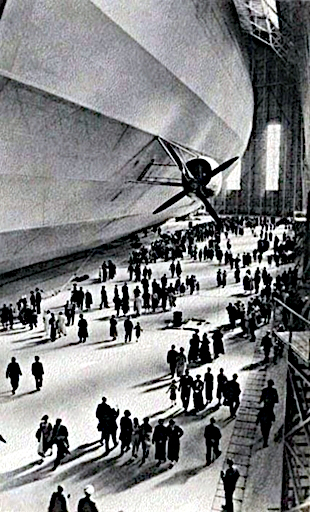"Mr Kashkari admitted that he plucked “a number out of the air” when deciding with Mr Paulson how much funding to request from Congress for the Tarp."
A telling memoir of the financial crisis by neo-mountain man Neel Kashkari, soon to be maven of what he hath wrought at bond insiders firm Pimco. Where did the $700 Billion Paulson Plan come from? Neel simply made it up.
They not only did not know then, as should have been painfully obvious to anyone who looked at the ten page request for $700 billion or else, but they also do not know now. When you do not have the facts to support your case, employ fear, uncertainty and doubt (aka FUD factor).
There is an all too human tendency to give credit to planning and forethought to experts, particularly those in key positions, in both government and corporate life.
One of the most surprising things I learned as a young man working his way from the hinterlands of a multi-national behemoth into the lofty towers of headquarters is that quite simply, they do not know. They are too often just frightened people making it up as they go along. Decision making too often comes down to verbal acuity, cults of personality, tides of emotion, and totemistic tribalism.
And the scary part of course is that the same can be said of the Bernanke's Gamble today. They just do not know, but can only hope for the best, and make corrections as they go along. Ben is just doing what worked last time, with a modification for what has been perceived as the 'one big error' the Fed made in deepening and extending the Great Depression.
It is, after all, the best that can be done with what is hardly a science, more akin to medieval medicine than geometry. Bernanke, Master of Leeches.
But these modern day monetary witchdoctors are wielding enormous power over the people and the nations of the world, and they are most likely making it up as they go along, with all the avenues of corruption, groupthink, self-interest, and self-delusion that this implies.
It is hard to think of a better characterization of the Obama Administration than a dysfunctional US corporation led by a high profile CEO surrounded by mediocre functionaries with enormous egos and retinues, bounded by special interests, losing its long-time monopoly status, foundering on the unyielding rocks of change. The decline of the Soviet Union redux, writ larger.
Then as now, the world is giving 'the experts' far too much credit for knowledge and forethought, and most sadly, wisdom.
In February 2008, Mr Kashkari was charged with drafting an emergency plan in case the credit crunch became a full-blown financial crisis. By October the crisis had arrived and his ten-page plan became the blueprint for the banks' bailout that Mr Paulson presented to Congress.
Mr Kashkari admitted that he plucked “a number out of the air” when deciding with Mr Paulson how much funding to request from Congress for the Tarp.
He told The Washington Post that he used his BlackBerry to calculate the bailout figures: “We have $11 trillion residential mortgages, $3 trillion commercial mortgages. Total $14 trillion. Five per cent of that is $700 billion. A nice round number.”
Recalling a conversation with Mr Paulson, he said: “It was a political calculus. I said, ‘We don't know how much is enough. We need as much as we can get . What about a trillion?' 'No way,' Hank shook his head. I said, 'Okay, what about 700 billion?' We didn't know if it would work. We had to project confidence, hold up the world. We couldn't admit how scared we were, or how uncertain.” The American Bailout Nightmare - Times London


















